The 160th Special Operations Aviation Regiment (SOAR) holds a unique and important position within U.S. Special Operations. Its pilots are known for their fearlessness and ability to fly helicopters in and out of challenging environments. Properly using forces at the appropriate time in special warfare is crucial for success. This often requires special operations forces teams to be ready for rapid and decisive action.
Introduction
Operations conducted behind enemy lines present a challenge for ground forces due to the potential for detection and the limitations of high-speed movement. Special operations forces must find alternative methods to reach their objective quickly and without detection. The pilots of the 160th SOAR are the best solution for inserting and extracting special operators from hostile areas.
These pilots, nicknamed “Night Stalkers,” are experts at flying in darkness, using night-vision devices to navigate as if it were daylight. Since the Vietnam War, the unit’s pilots have been involved in nearly every U.S. ground combat operation. They also serve as the primary transportation for Tier 1 units.
History
The Nightstalkers, a nickname for the 160th Special Operations Aviation Regiment (160th SOAR), have a long and storied history of providing specialized air support to U.S. special operations forces. They were established as Task Force 160 in 1981 to support Operation Prime Chance and were the first to engage and neutralize a target using Night Vision Google. Additionally, the Nightstalkers were the first Army aviators to be Deck Landing Qualified (DLQ’d), allowing them to operate from Navy ships, which they did in preparation for the canceled invasion of Haiti.
In 1986, Task Force 160 was reformed as the 160th Special Operations Aviation Group (Airborne) and later redesignated as the 160th Special Operations Aviation Regiment (Airborne) in June 1990. Nightstalker members and aircraft have seen action worldwide in support of U.S. forces, including deployments in Operations URGENT FURY, JUST CAUSE, DESERT SHIELD, and DESERT STORM.

In April 1996, members of the 3-160 (A) battalion demonstrated their skill and dedication during Operation Assured Response, the evacuation of Americans in Liberia. Within 12 hours of notification, the 160th SOAR had disassembled and readied four MH-47D helicopters for transport by C-5B. These aircraft were reassembled on-location and flew their first missions only 72 hours later. During the operation, the four helicopters, in conjunction with 5 USAF MH-53J, transported more than 2,500 civilians to safety.
Despite the dedication of its members and the use of the latest technology, the Nightstalkers have experienced loss. In 1993, two MH-60L Blackhawks were shot down over Mogadishu, Somalia, resulting in the loss of three pilots and one being taken as a bargaining chip. Two other Blackhawks were heavily damaged but crashed land back at their base. Additionally, an MH-47E Chinook crashed in April 1996 after suffering electrical failure, resulting in the loss of five 160th SOAR members.
Helicopters
The 160th SOAR (A) pilots fly various aircraft, including the Black Hawk, Chinook, and AH/MH-6 Little Bird attack helicopter variants. Additionally, they are beginning to incorporate more unmanned aerial vehicles (UAVs) into their operations, such as the Unmanned Little Bird MH-6X MELB /AH-6I and the armed drone MQ-1C Gray Eagle. These UAVs provide Intelligence, Surveillance, and Reconnaissance (ISR) capabilities and can fly and remain on target for 25+ hours.

Mission
The 160th Special Operations Aviation Regiment (160th SOAR) employs specially modified aircraft and highly trained pilots to transport special warfare teams through hostile territory or adverse weather conditions. Whether the mission is to infiltrate, exfiltrate, resupply, or conduct reconnaissance, the 160th SOAR, also known as Night Stalkers, are dedicated to completing their mission and have adopted the motto, “Night Stalkers don’t quit!”
Organization
The 160th Special Operations Aviation Regiment (160th SOAR) is a part of the U.S. Army’s Special Operations Aviation Command. It comprises three battalions: two white and one “black” (for classified missions). The 1st and 2nd Battalions are based at Fort Campbell, Kentucky, while the 3rd Battalion is based at Hunter Army Airfield in Georgia. The 160th SOAR operates a fleet of highly modified aircraft for their missions. These aircraft are equipped with specialized avionics that allows them to fly at low altitudes at night or in poor weather conditions. They also feature increased weapons and armor to increase their ability to survive in hostile environments.
Notable operations
Operation Enduring Freedom
On September 11, 2001, the 160th Special Operations Aviation Regiment (SOAR) was thrust into action in the wake of the terrorist attacks on the World Trade Center and Pentagon. This began one of their most intense and extensive operations in their history.
On March 2, 2002, the 160th SOAR experienced a tragic loss. Two MH-47Es from the 2nd Battalion were inserting observation teams in the southern end of the Shah-e-Kot Valley in the Philippines. The aircraft were supporting U.S. efforts to train and advise the Armed Forces of the Philippines in their fight against global terrorism.

The following day, two more MH-47Es, Razors 1 and 2, approached a mountaintop with a Ranger Quick-Reaction Force. As Razor 1 began landing from the south, heavy small-arms struck the aircraft, and the door gunners returned fire. Suddenly, an RPG round hit the side of the plane, causing it to crash on the mountaintop, severely wounding many Rangers and both pilots.
Tragically, the right-hand door gunner, Sgt Phil Svitak, had been hit by AK-47 fire just before the crash and died soon after. One Ranger QRF member was shot and killed inside the aircraft, and two more died as they tried to exit and set up fighting positions. Only the efforts of other members of the QRF, who advanced 2,000 vertical feet under fire after having been dropped off in a safer position below, saved the crew and passengers of Razor 1.
Classified missions
The Night Stalkers, the nickname for the 160th Special Operations Aviation Regiment (160th SOAR), possess exceptional skills that enable operators like Navy SEALs, D-Boys (CAG, or 1st SFOD-D), Rangers (75th Ranger Regiment), and other special operations forces to be faster, more precise, and deadly in their missions. Over the years, the Night Stalkers have successfully inserted or extracted Tier 1 operators on hundreds, if not thousands, of missions.
Operation Gothic Serpent
The mission, known as Operation Gothic Serpent, aimed to capture faction leader Mohamed Farrah Aidid. The Joint Special Operations Command (JSOC) supervised the operation. On October 3, 1993, a mixed team of D-boys and Rangers was inserted at the Bakara Market in Mogadishu to capture two of Aidid’s associates. The seventh raid in Mogadishu was intended to be similar to the previous six, which were conducted without any casualties. However, things suddenly changed.
Two Black Hawk helicopters operated by the Night Stalkers, a nickname for the 160th Special Operations Aviation Regiment (160th SOAR), were shot down in the firefight. The initial operation, intended to last one hour, became an overnight standoff and rescue operation that extended into the daylight hours of October 4, 1993.
The 160th SOAR AH-6 Little Birds pilots, using only their Night Vision goggles, saved countless U.S. soldiers’ lives during the mission by conducting all-night gun strafing runs and rocket pods, allowing both the Rangers and Delta operators to hold out until an armored convoy could come and rescue them from the downed helicopter crash site. This mission has become known as the Battle of Mogadishu, the Black Hawk Down incident, and the Bakara Market.
Operation Neptune Spear
The raid in Abbottabad, Pakistan that resulted in the death of Osama bin Laden was launched from Afghanistan. The Night Stalkers, a nickname for the 160th Special Operations Aviation Regiment (160th SOAR), flew five helicopters carrying operators from the Joint Special Operations Command (JSOC), including Seal Team 6 and CIA SAS. One MH-60L/M Blackhawk crash-landed in the courtyard with no casualties during the process. The operation was a significant success in the fight against terrorism.
Operation Kayla Mueller
On October 26-27, 2019, the Night Stalkers inserted D-boys (members of 1st SFOD-D or CAG) and Rangers into the Idlib province as part of Operation Kayla Mueller. The mission was to target Abu Bakr al-Baghdadi, the then-leader and self-proclaimed “caliph” of the terrorist organization ISIS. After a short standoff, al-Baghdadi killed himself alongside two of his children, activating a suicide vest.
The insertion and extraction of the special operations forces were carried out by the 160th SOAR (A) using a fleet of eight military helicopters, including Boeing MH-47 Chinooks and Sikorsky MH-60L/M Blackhawks.


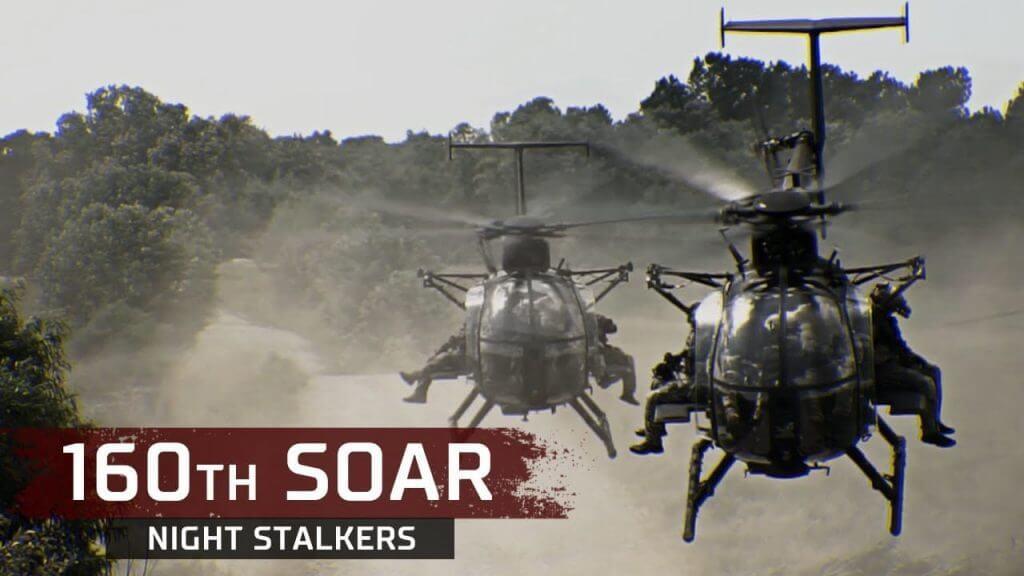
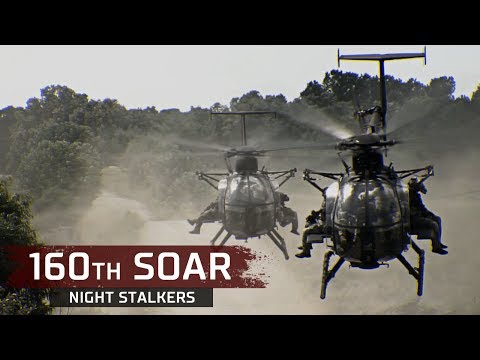
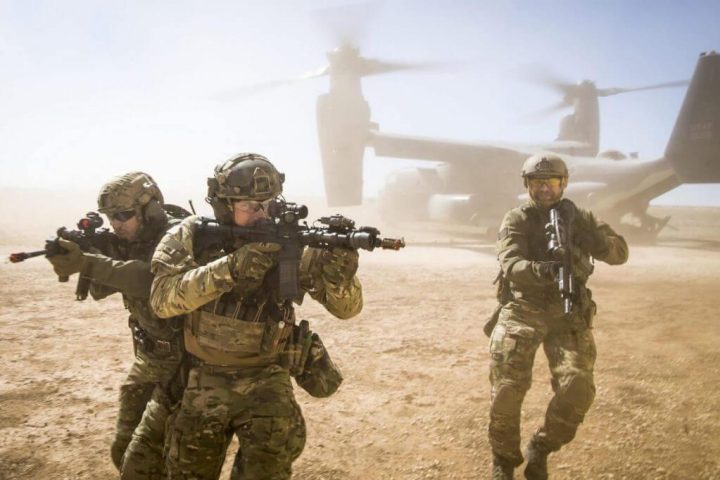
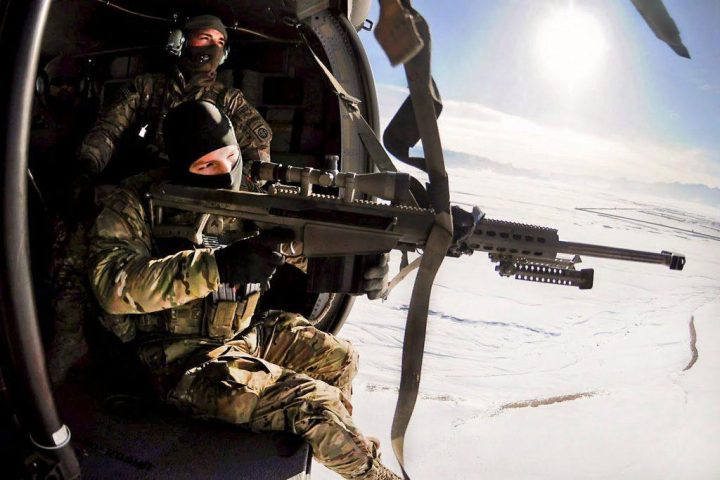
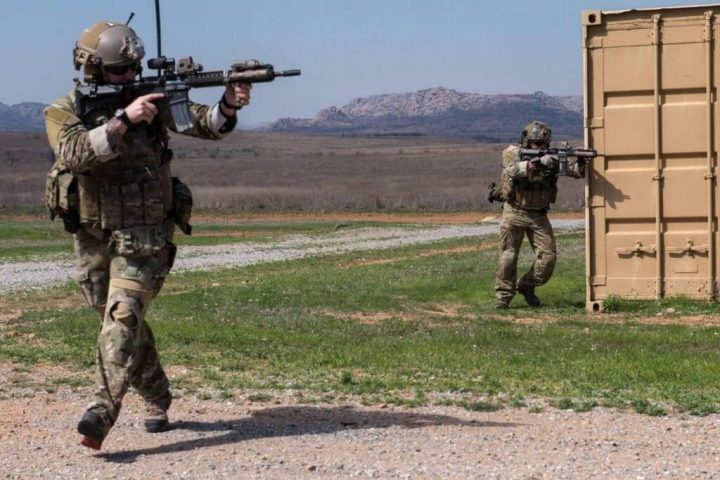
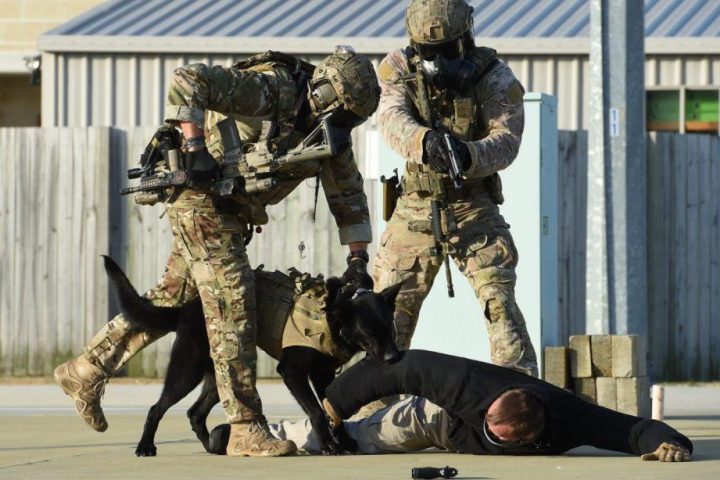
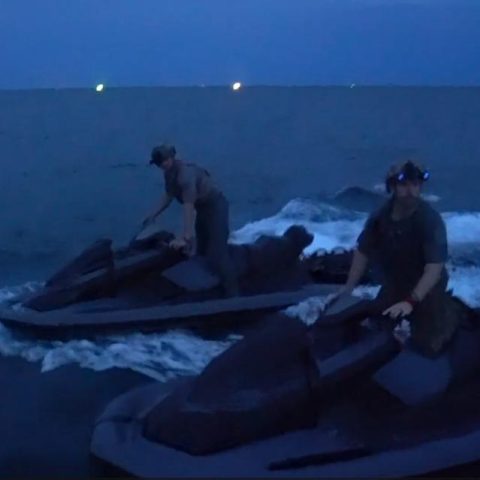
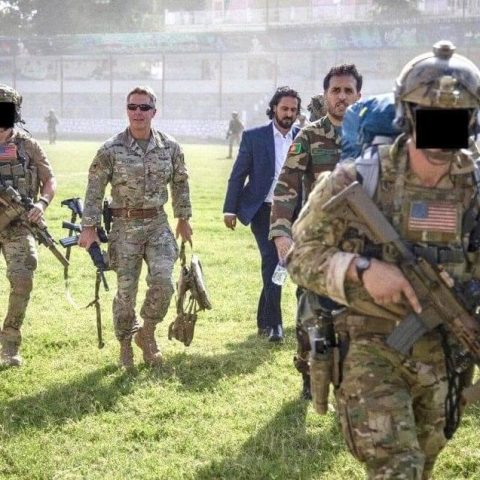
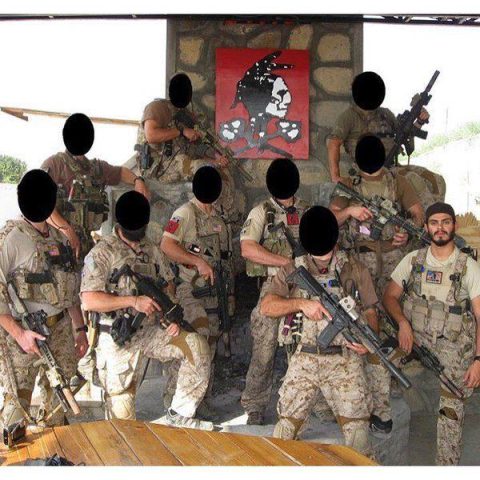
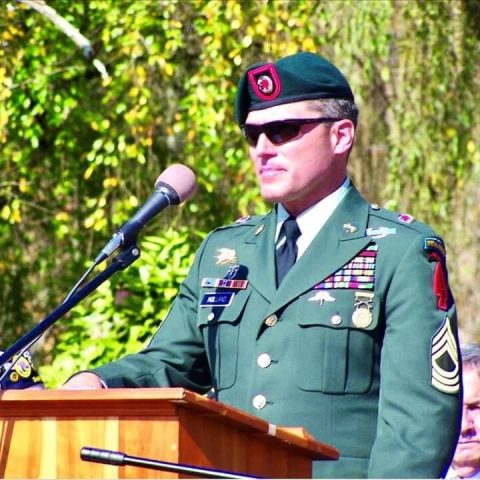
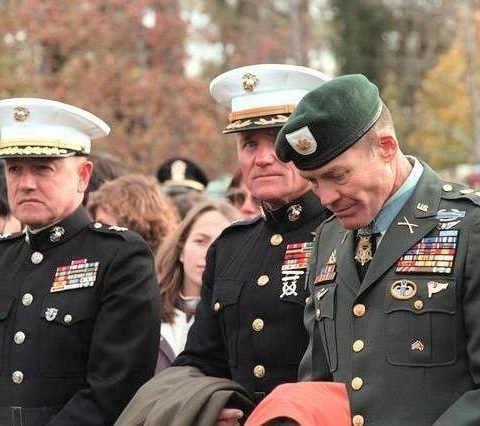
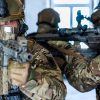
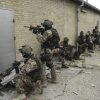
3/2/2002: Afganistan not the Philippines